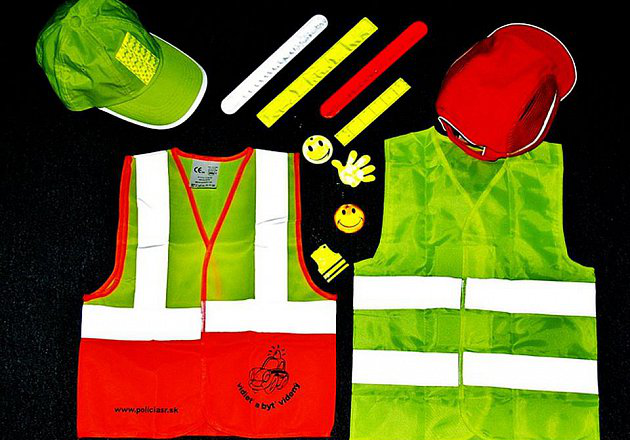During my career in the shipping business, the subject of safety was always at the forefront. I was fortunate to be schooled by several knowledgeable people in the business. It was always stressed that you should never take chances in situations that did not look or The rule of thumb was that the one time that you forgot or did not observe safety rules would be the time you would suffer the consequences.
Below are the main tenants of common sense and safety rules.
- Always have your safety gear with you and USE it.
- Normal gear: hard hats (chin strap if applicable), safety shoes (steel or ceramic toe shields), high visibility safety vest, safety glasses, safety gloves. Additional gear: Life vest for use near or on the water, leg straps For pant cuffs, ear protection and respiration masks/filters as needed.
- Always have your head on a “swivel”and be aware of what is going on around you.
- Never be distracted by devices while onboard or in a cargo area i.e. radio, phone, etc. Wait until you are in a clear location.
- Never walk close to a cargo stack where you could be hit by a forklift blade.
- Never walk under or near a load during a lift.
- If you cannot see the crane or machine driver, he cannot see you.
- When boarding a ship’s gangway, always have both hands free. Always have on a life vest when boarding in the stream.
- When using a pilot ladder, always have two solid points of contact during your movements up and down. Always gloves the gripping surfaces especially in bad weather. Always follow the instructions of the launch captain. Always test the ladder with your weight before using the same.
- Have the ship use a line to lift your bag if using the pilot ladder.
- When working on a ship and descending into the hold, always make sure you advise ship staff where you are going. Before going into a ships hold, always have an idea what cargo is inside.
- Always enter a ship ladder locations in case of any incident. Always carry a filtered mask while in the ships hold. Never enter the compartment of a closed ship without emergency breathing gear. Never enter a cargo hold until the hatches have been opened.
- Always follow the instructions of any ship personnel.
- If supervising cargo, you should always have a copy of the Dangerous Cargo Manifest with you. Also, always check the safety status of all ship cargo equipment i.e. cranes, etc.
- It is also a good idea to have in your car a small first aid kit for any minor injuries. Always get a tetanus shot for any cuts on the ship or in Terminal.
- Never traverse cargo areas during active operations i.e. top of containers. Crane operator may not be able to see you.
- Exercise caution when walking on top of any cargoes. Require dunnage or plywood were needed to avoid any void spaces. Never stand in the hatch square during cargo operations.
- Never walk on top of bulk cargoes without a safety line and personnel present.
- Always advise your office where you are going and your expected return.
- Always have emergency contacts in phone speed dial status for easy access.
I have outlined below several events during my experience which shows the importance of safety in the shipping workplace.
Safety working onboard the vessel
During cargo operations on a container ship, a crew member was working on one of the container stacks retrieving securing cones and twist locks. This type of work is normally done by the ship’s crew after cargo operations are completed. It is especially dangerous to do this task at night which was the case here. Why the man was up there will never be known. He was not wearing a high visibility vest.
Apparently, during night cargo operations, the spreader bar on the container crane swept across the tiers and struck the man knocking him overboard. Unfortunately, no one saw the accident and his floating body was not discovered until the next morning by the bridge watch. His skull and ribcage had been smashed by the impact, and he was killed on impact. The tragedy would have been avoided if the crewmember had followed proper safety protocols:
- Wear a safety vestwith reflective tape
- No work on deck stacks during cargo operations
- Advise deck officer of his activities
It was our sad duty to arrange for his body and personal effects to be shipped to his home in the Philippines.
Safety must always be priority one. Safety must never be taken for granted. Regular safety meetings are important to keep people freshly aware of protocols and procedures. Adherence to this practice will help to mitigate unsafe events.
